
Stress-Free Travel Tips for Taking Your Cat on the Road
Traveling with cats can be daunting—strange scents, unfamiliar sounds, and confined spac...
Moving homes is exciting yet stressful, especially for pets lacking context for the change. A structured approach minimizes anxiety and fosters quicker adjustment for dogs and cats.
Pre-Move Preparation: Setting the Stage
Maintain Routines: Stick strictly to feeding, walking, and play schedules amidst packing chaos. Familiarity anchors pets.
Create a “Safe Room”: Designate one quiet room (bathroom, spare room) in the new home pre-move. Equip it with their bed, favorite toys, litter box (cats), water, food, and unwashed items carrying your scent (t-shirt, blanket). This becomes their decompression zone.
Vet Consultation: Discuss potential anxiety issues. Veterinarians may recommend pheromone diffusers (Feliway for cats, Adaptil for dogs), calming supplements (tryptophan, L-theanine), or in severe cases, short-term anti-anxiety medication. Update microchip/collar tag info.
Familiar Items First: Pack pet essentials (bed, bowls, toys) last and unpack them first in the new safe room.
Moving Day: Minimizing the Chaos
Secure Pet Away: On moving day, confine pets securely to a quiet, closed room in the old house (clearly marked “DO NOT OPEN”) or arrange care off-site (trusted friend, daycare). Loud noises and strangers heighten stress and risk escape.
Safe Transport: Use a secure, well-ventilated crate for transport. Covering it partially with a familiar blanket can create a den-like feel. Never leave pets unattended in a vehicle.
Direct to Safe Room: Upon arrival, take your pet directly to their pre-prepared safe room. Allow them to explore this confined space alone initially. Sit quietly with them, offering calm reassurance and treats.
The Adjustment Phase: Patience & Positive Reinforcement
Gradual Exploration: After 24-48 hours confined comfortably to their safe room, slowly introduce them to other house areas one room at a time, supervised. Keep initial explorations brief. Close doors to restrict access initially. Cats often benefit from days or even weeks confined before full home access.
Re-establish Routines IMMEDIATELY: Resume regular feeding, walking, and play times ASAP. Predictability is profoundly comforting. Feed in the same location consistently.
Scent Transfer: Rub a soft cloth on your pet’s facial glands (where they naturally deposit pheromones) and gently wipe surfaces at cat-height in new rooms. Use their old bedding/unwashed items.
Supervise Outdoor Access: For dogs, always leash-walk in the new yard/neighborhood initially. Ensure fencing is 100% secure before off-leash time. Cats should be kept strictly indoors for at least 4-6 weeks to establish the new location as “home” before considering supervised outdoor access (e.g., catio, harness training).
Positive Association: Use high-value treats, praise, and favorite toys abundantly in the new space. Engage in calm play and affection. Avoid forcing interaction if they seem withdrawn.
Monitor Closely: Watch for signs of stress: hiding, excessive vocalization, loss of appetite, house soiling (especially cats), lethargy, or aggression. Consult your vet if these persist beyond a week or are severe. Consider temporary network cameras to monitor behavior when you’re not in the room.
Special Considerations
Cats: Provide multiple, easily accessible litter boxes (one per cat + one extra) in quiet locations. Vertical space (cat trees, shelves) offers security. Let them explore at their own pace – forcing interaction prolongs fear.
Dogs: Extra walks help burn nervous energy and familiarize them with the new scents and sounds. Practice basic obedience commands in the new space for confidence-building. Be alert to new potential hazards (toxic plants, gaps in fencing, different wildlife).
Multi-Pet Households: Reintroduce pets carefully in the new space, as dynamics can shift. Supervise initial interactions closely. Consider separate safe rooms initially.
Recognizing & Addressing Stress
Signals: Hiding, trembling, panting (dogs), excessive grooming (cats), dilated pupils, flattened ears, tucked tail, whale eye (showing whites), avoidance, loss of appetite, vocalizing, destructive behavior, house soiling.
Response: Provide quiet retreats, avoid punishment, use calming aids (pheromones, supplements as vet-approved), ensure access to resources (food, water, litter), increase play/interaction cautiously if welcomed, consult your vet if severe or prolonged.
Long-Term Success
Adjustment can take days, weeks, or even months. Patience, consistency, and creating a predictable, loving environment are paramount. By proactively managing the transition, you transform a potentially traumatic event into a smooth journey, strengthening your bond within your new shared home.

Traveling with cats can be daunting—strange scents, unfamiliar sounds, and confined spac...
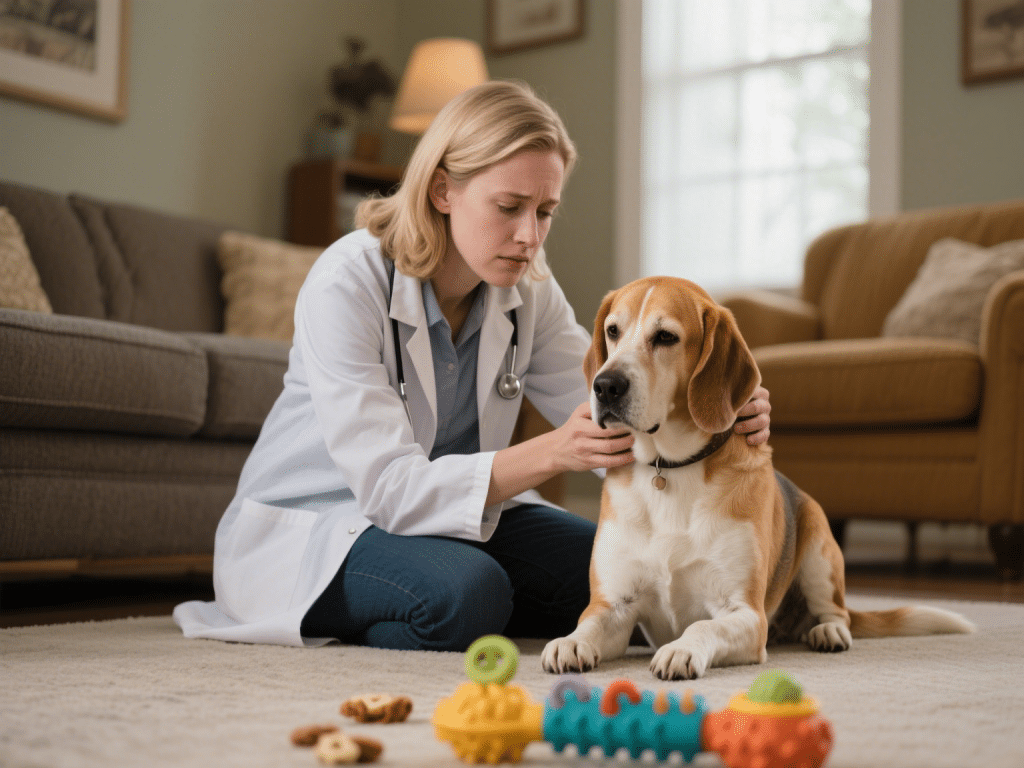
Many dogs experience separation anxiety when left alone, exhibiting destructive behavior, ...
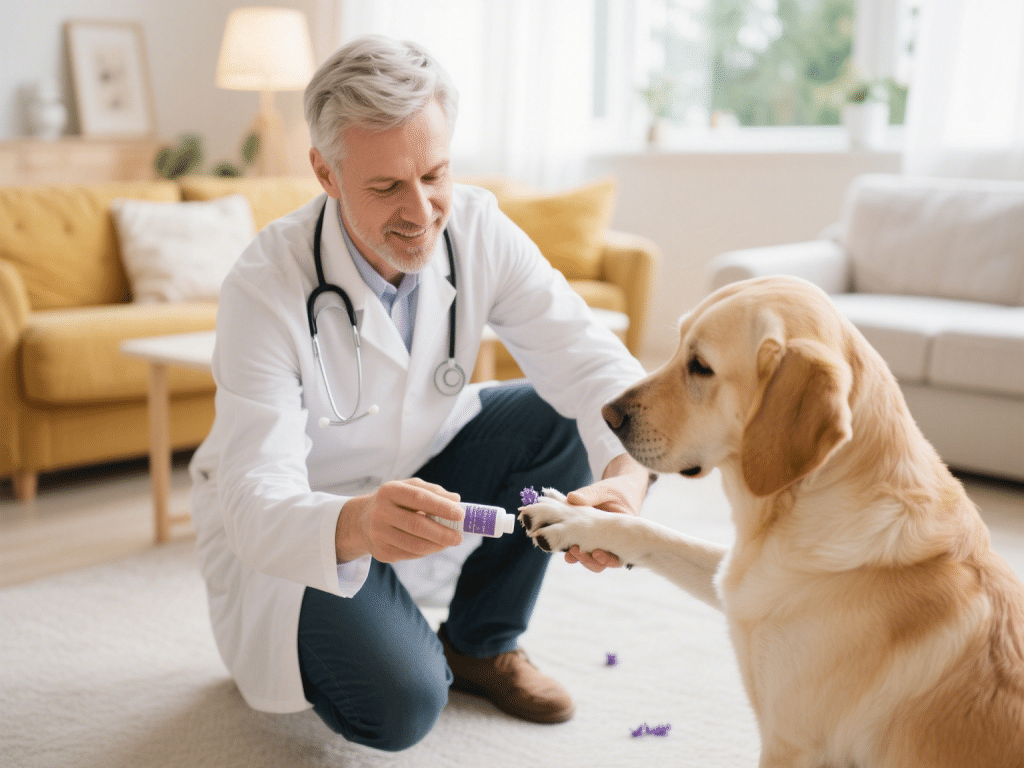
As a certified veterinary dermatologist with over a decade in canine skin health, I know h...
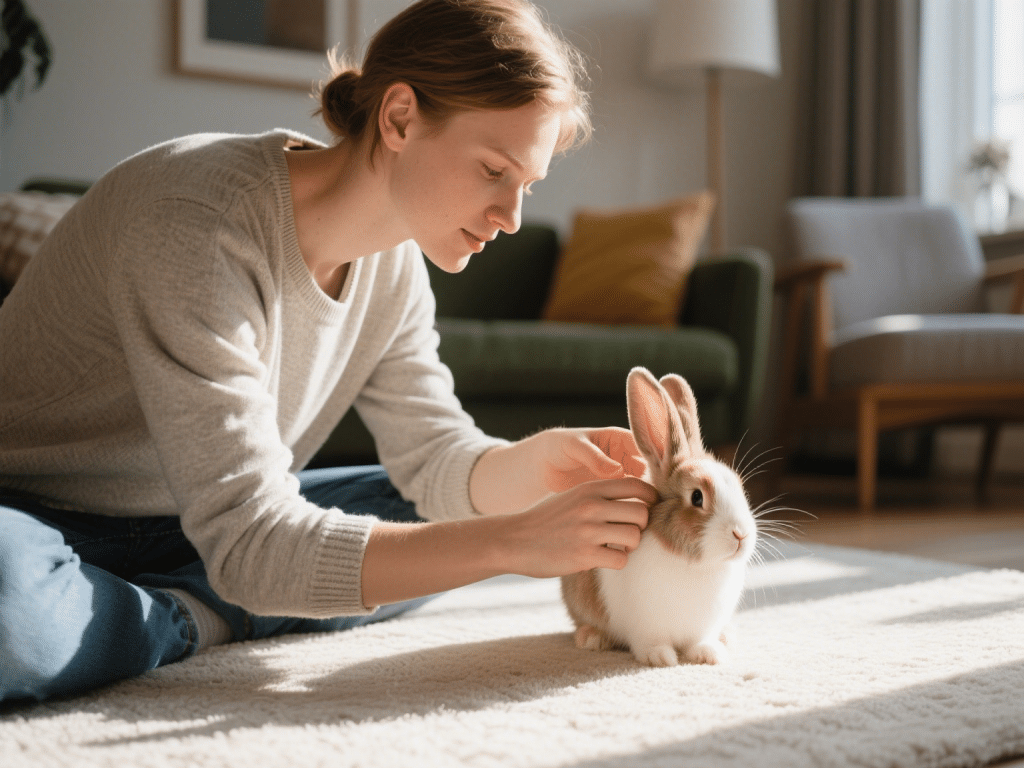
Ear infections (otitis) are common in domestic rabbits, especially lop-eared breeds where ...
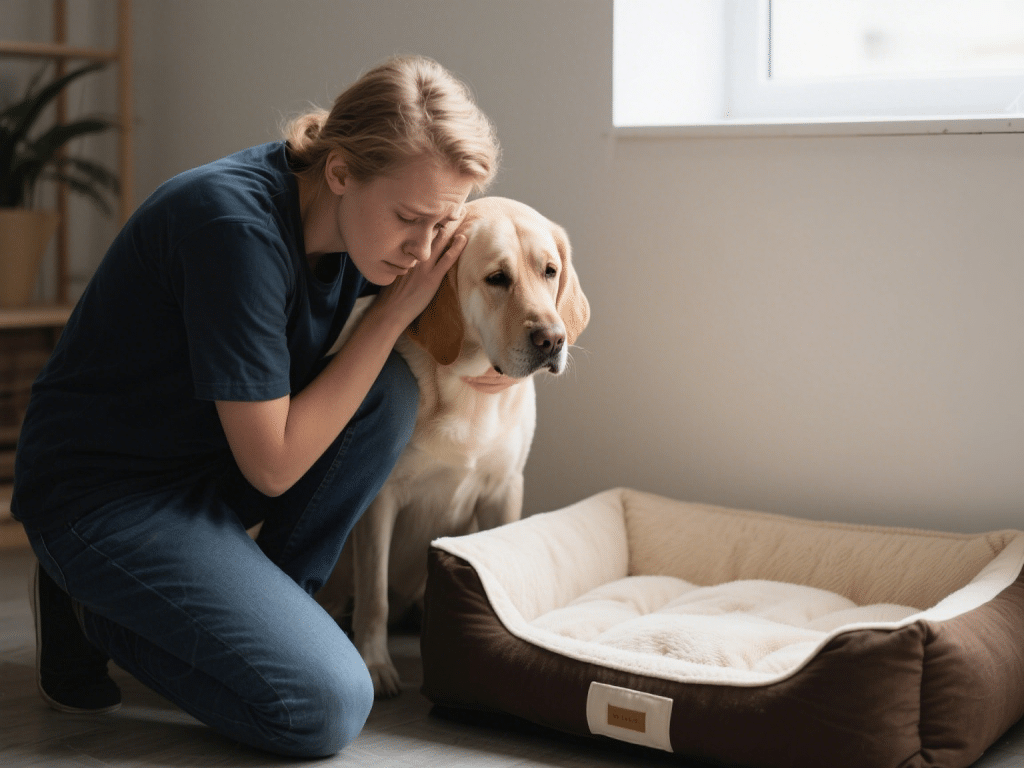
IntroductionThe loss of a household pet can be emotionally taxing not only for humans but ...

IntroductionCombining heartworm prevention and intestinal parasite control in a single med...

Fun and Safe Outdoor Adventures for Your Dog: Unleash the Joy ResponsiblyTaking your dog o...
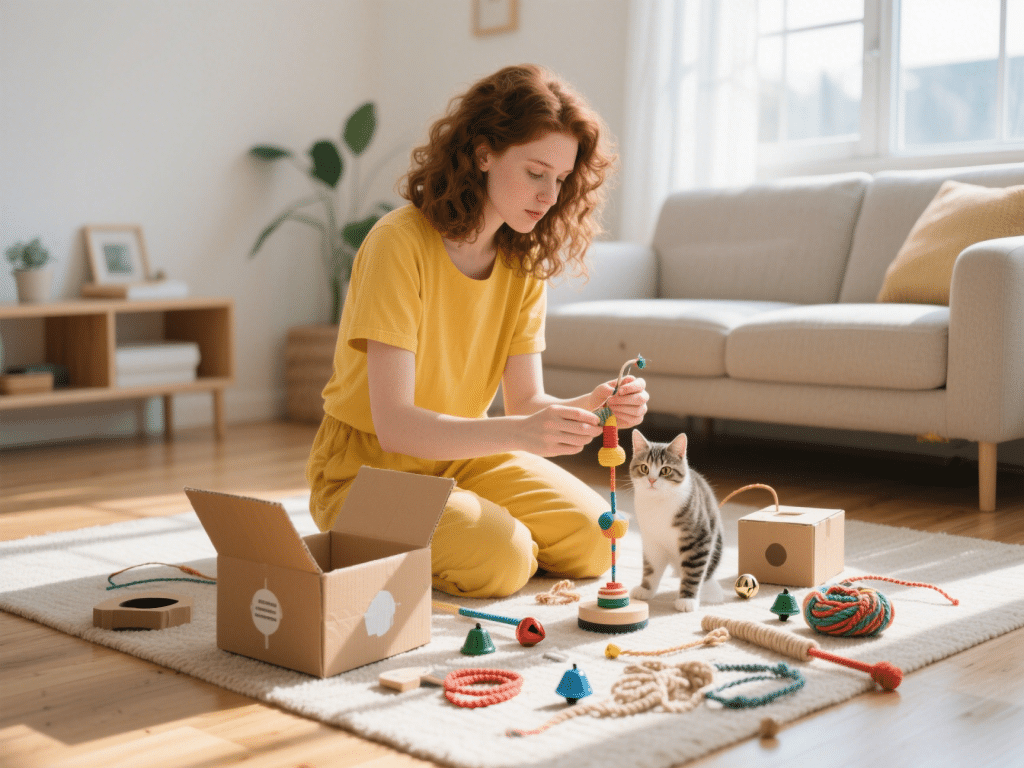
IntroductionCats are curious, intelligent creatures that thrive when their minds are engag...

IntroductionCatnip (Nepeta cataria) is a member of the mint family known for its euphoric ...
Comments on "How to Help Your Pet Adjust to a New Home" :